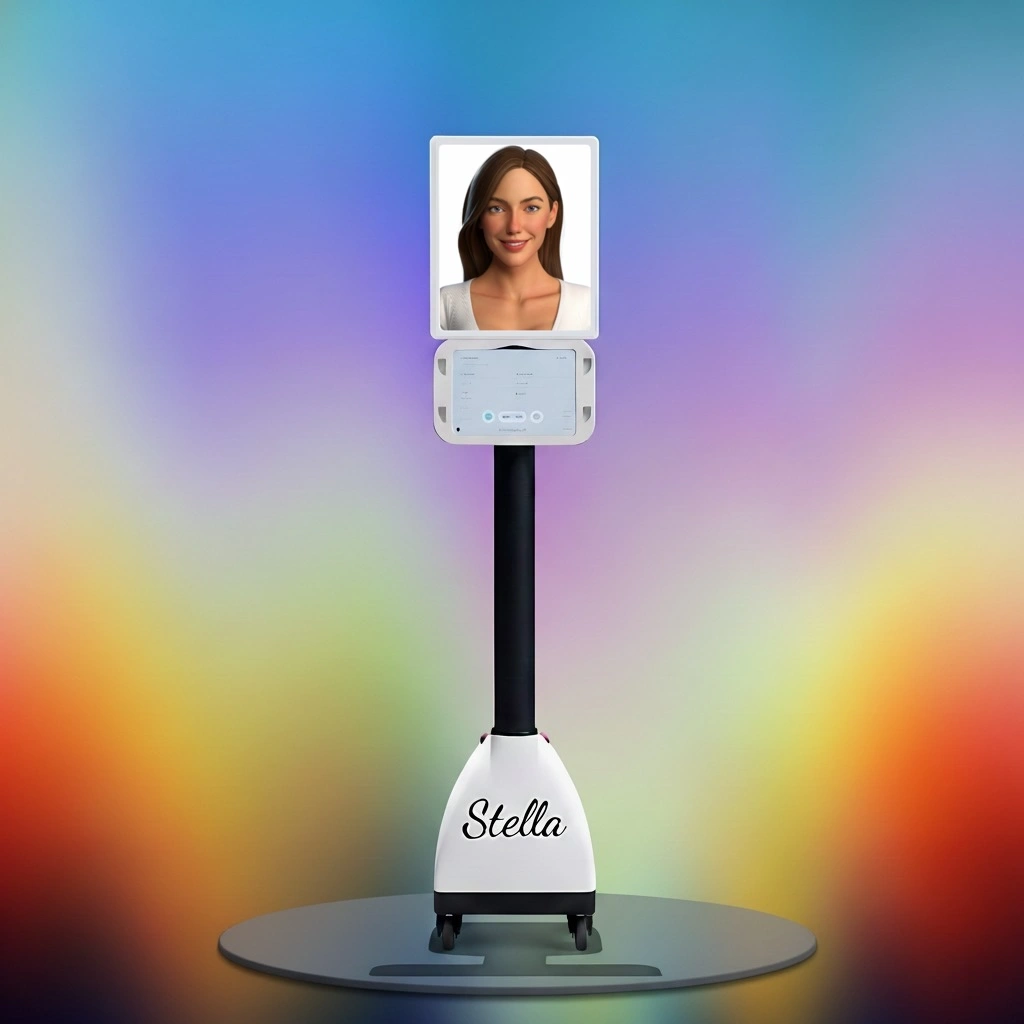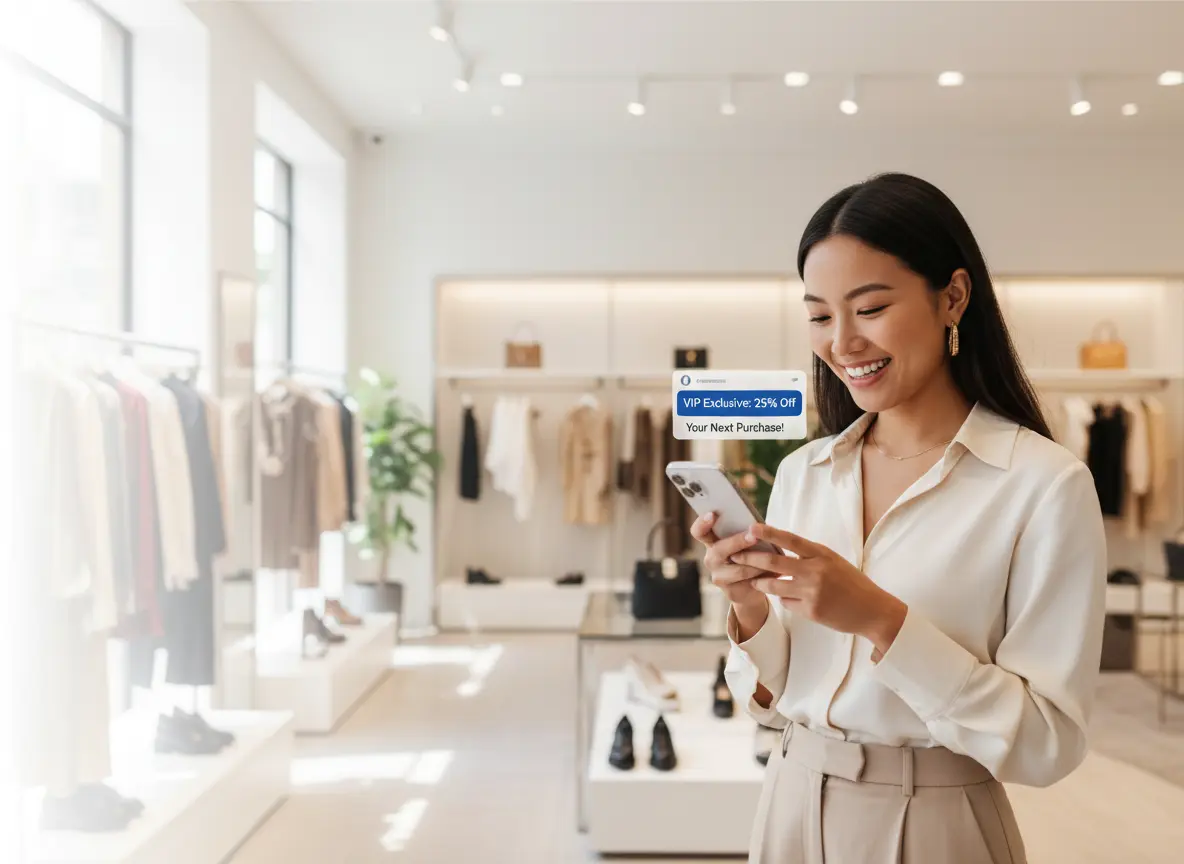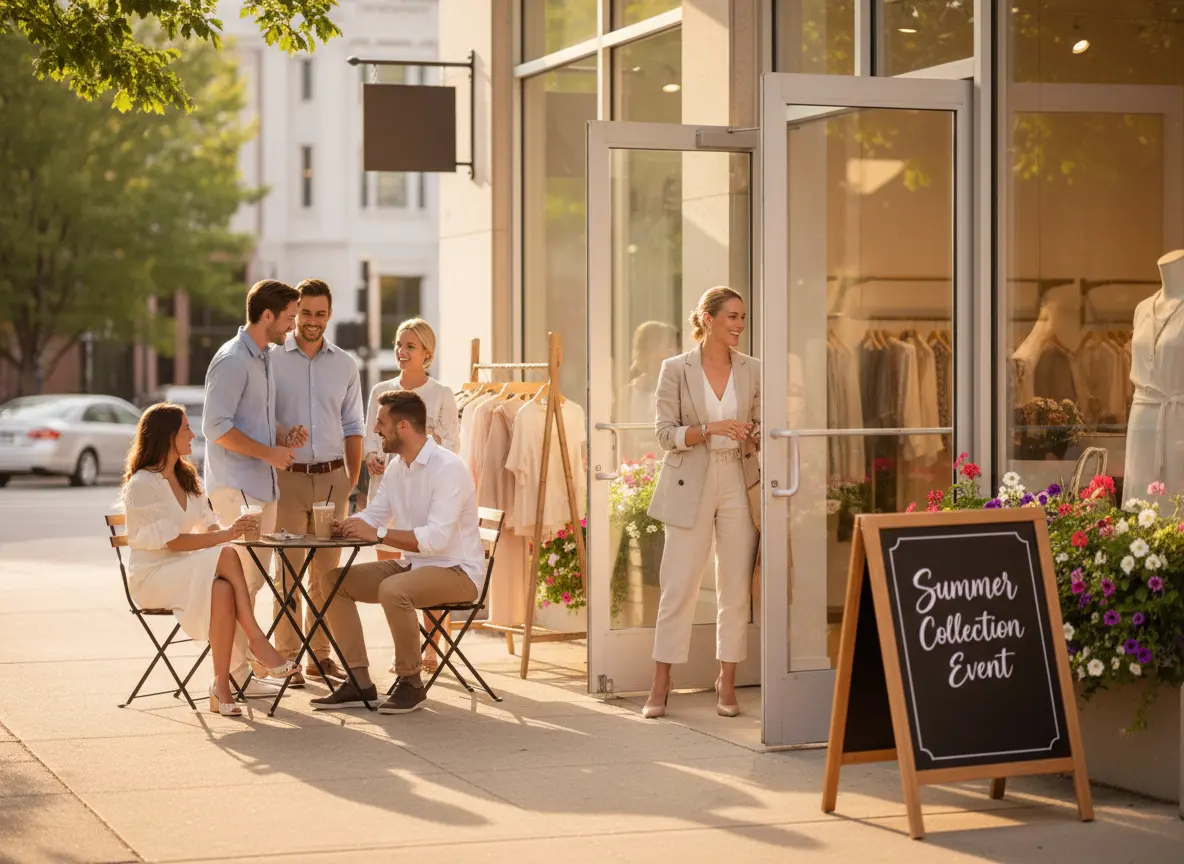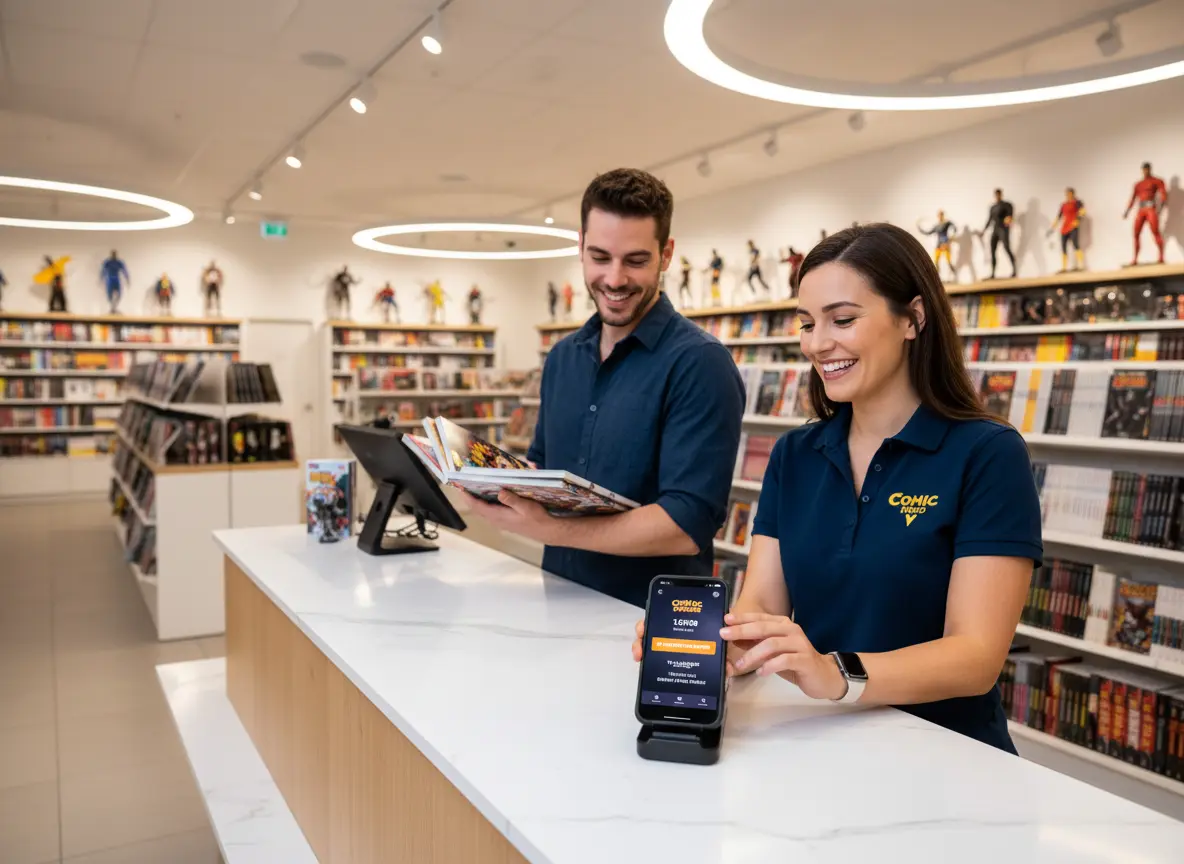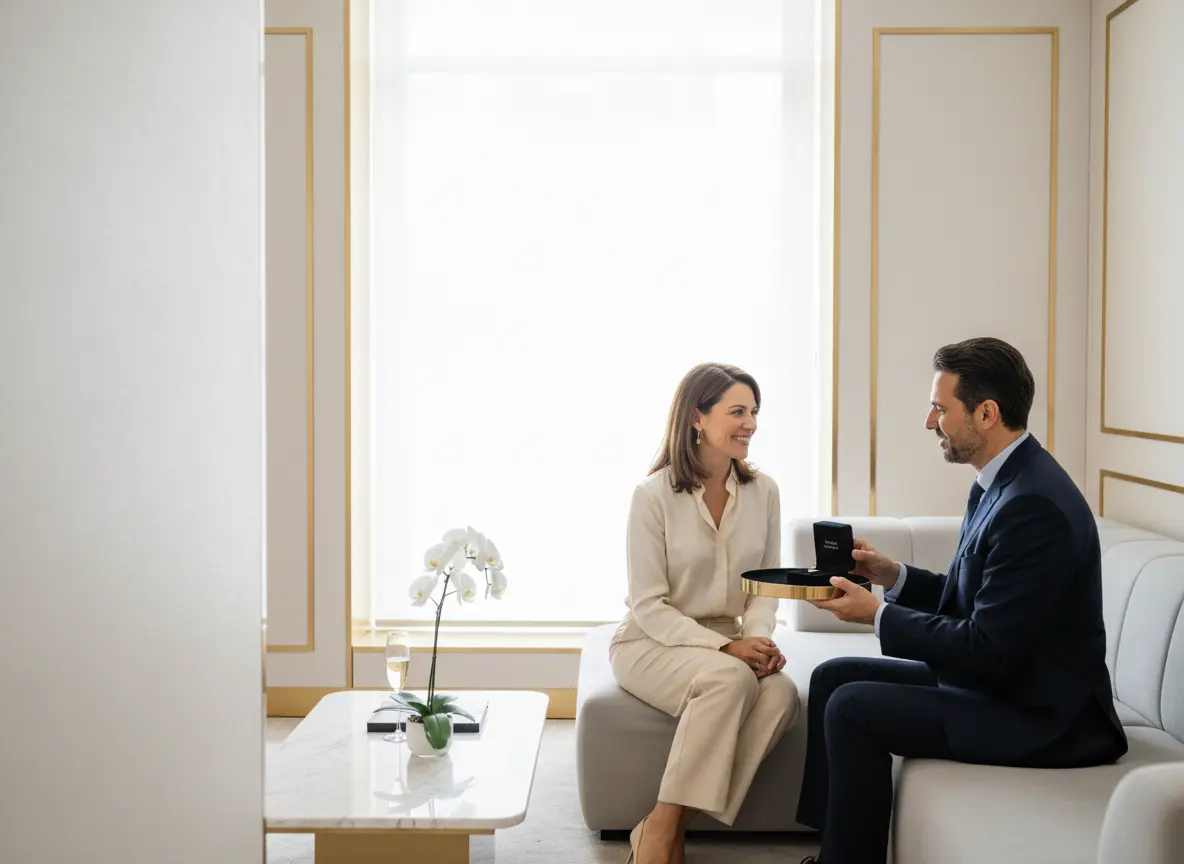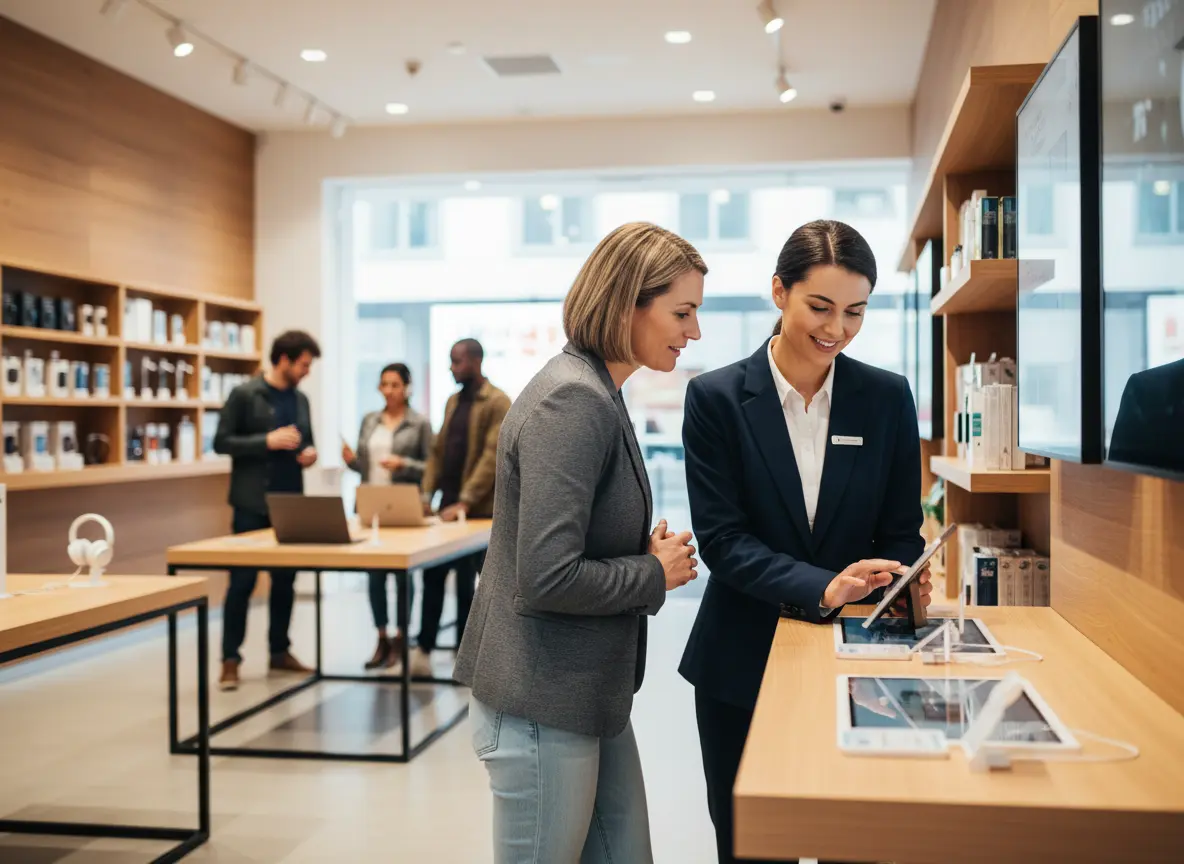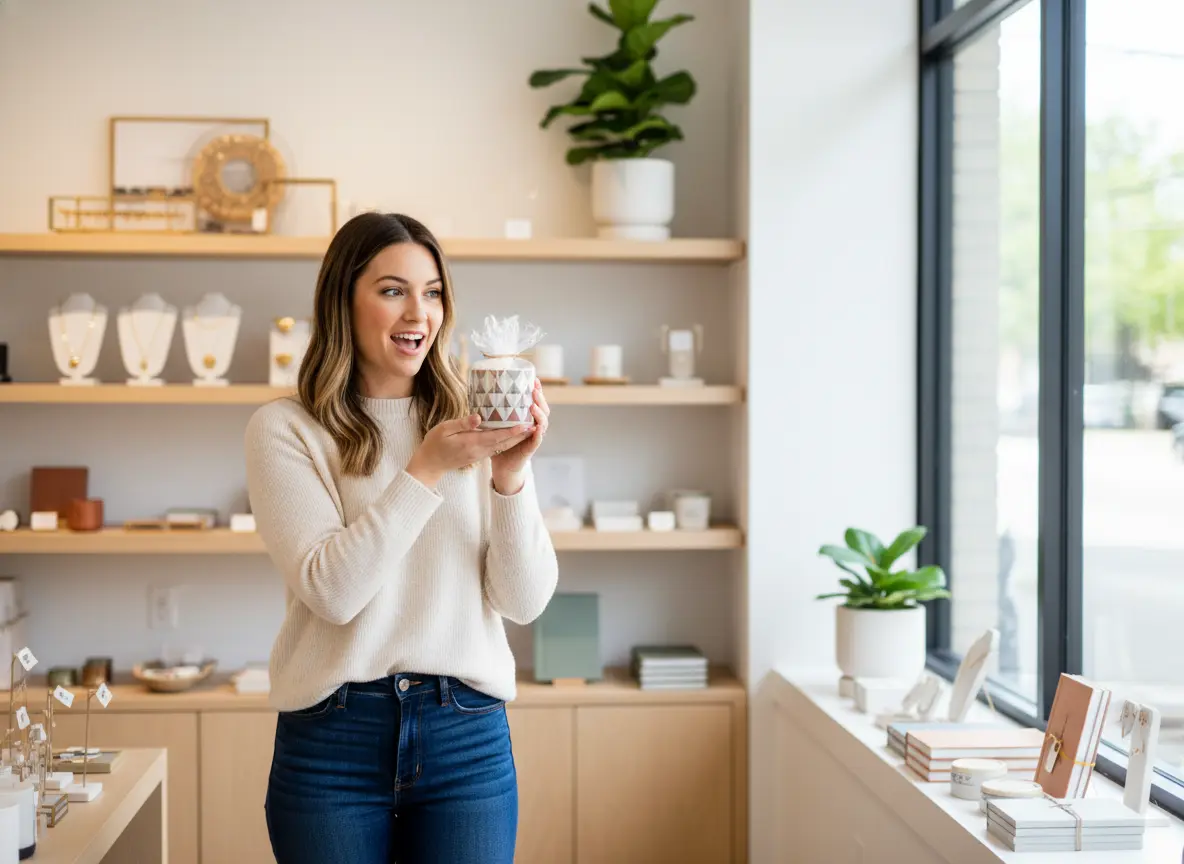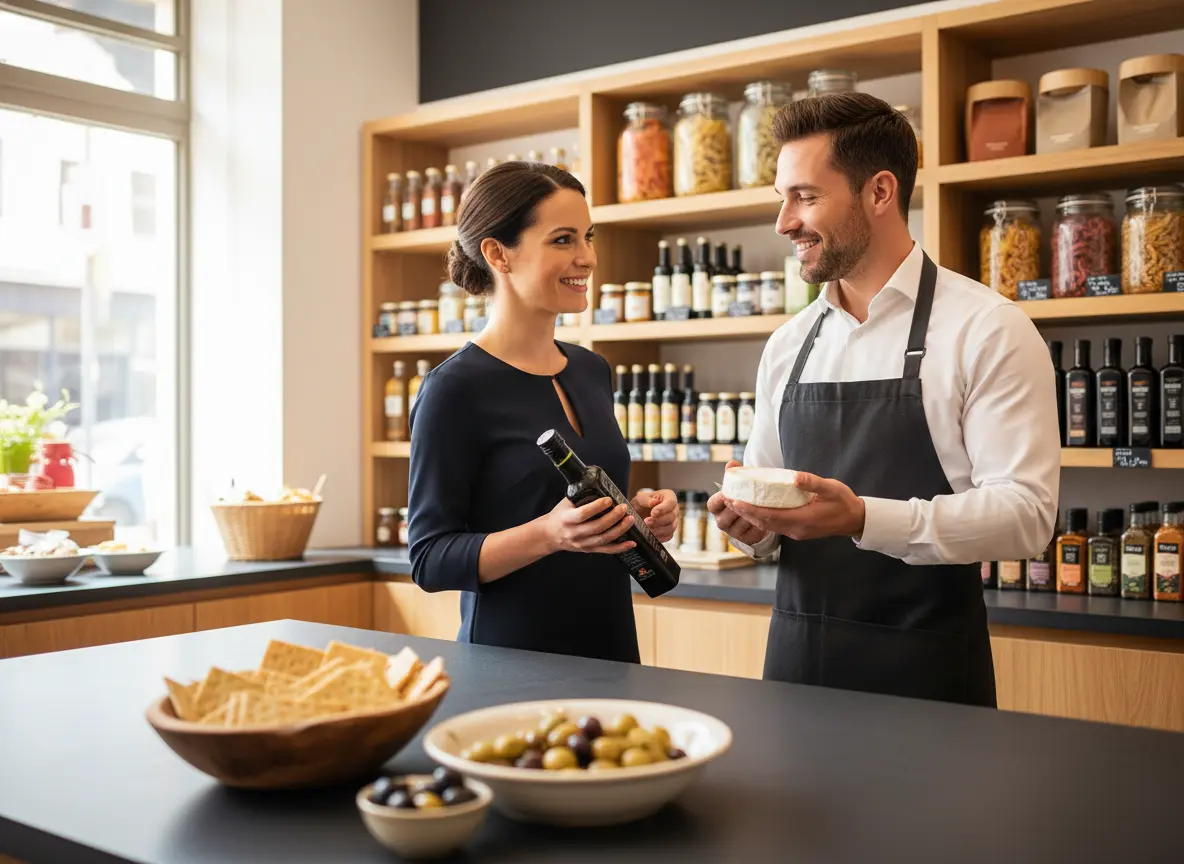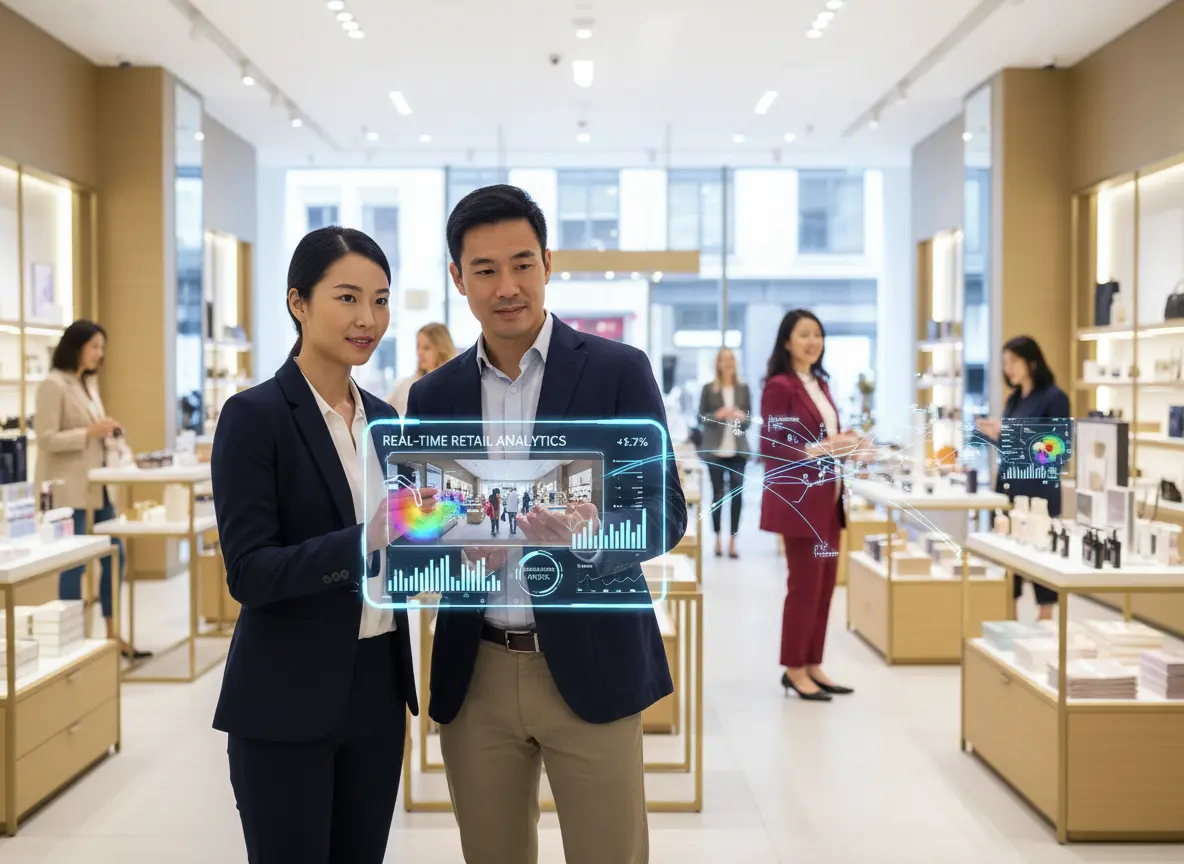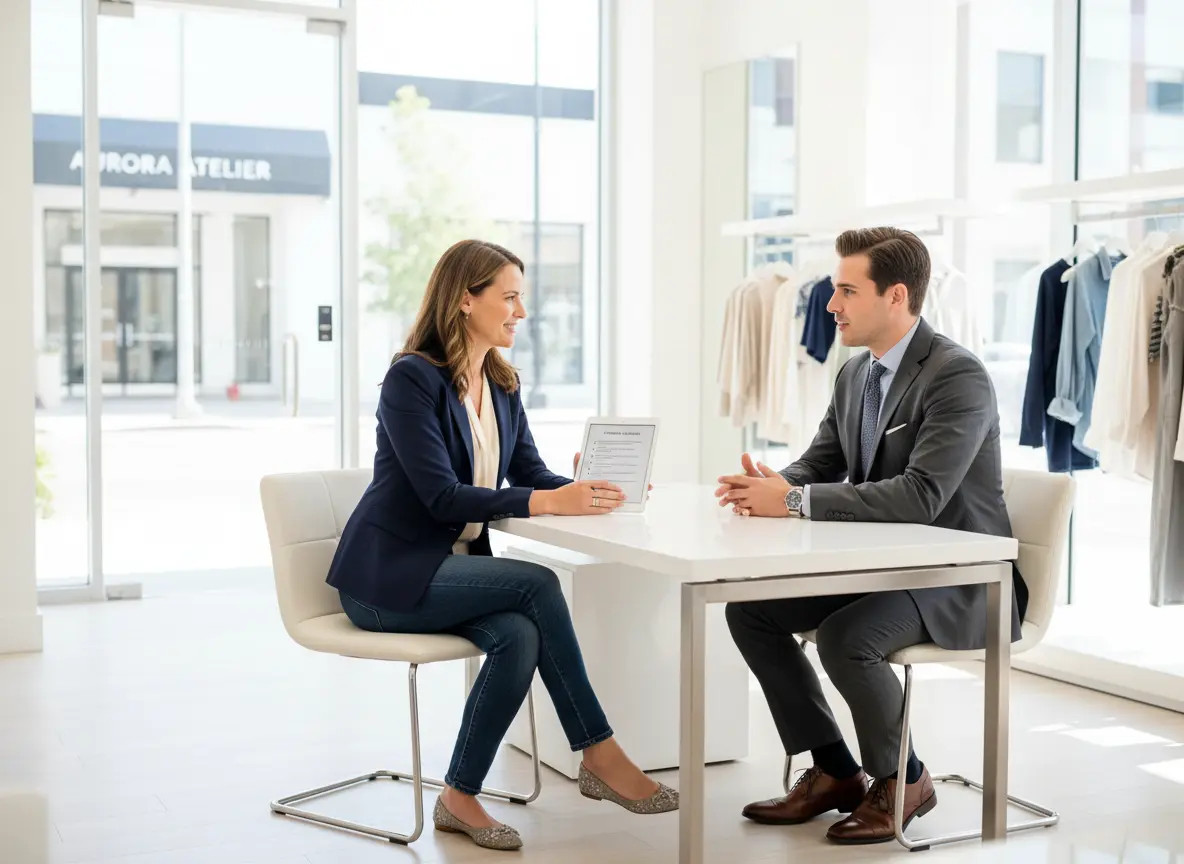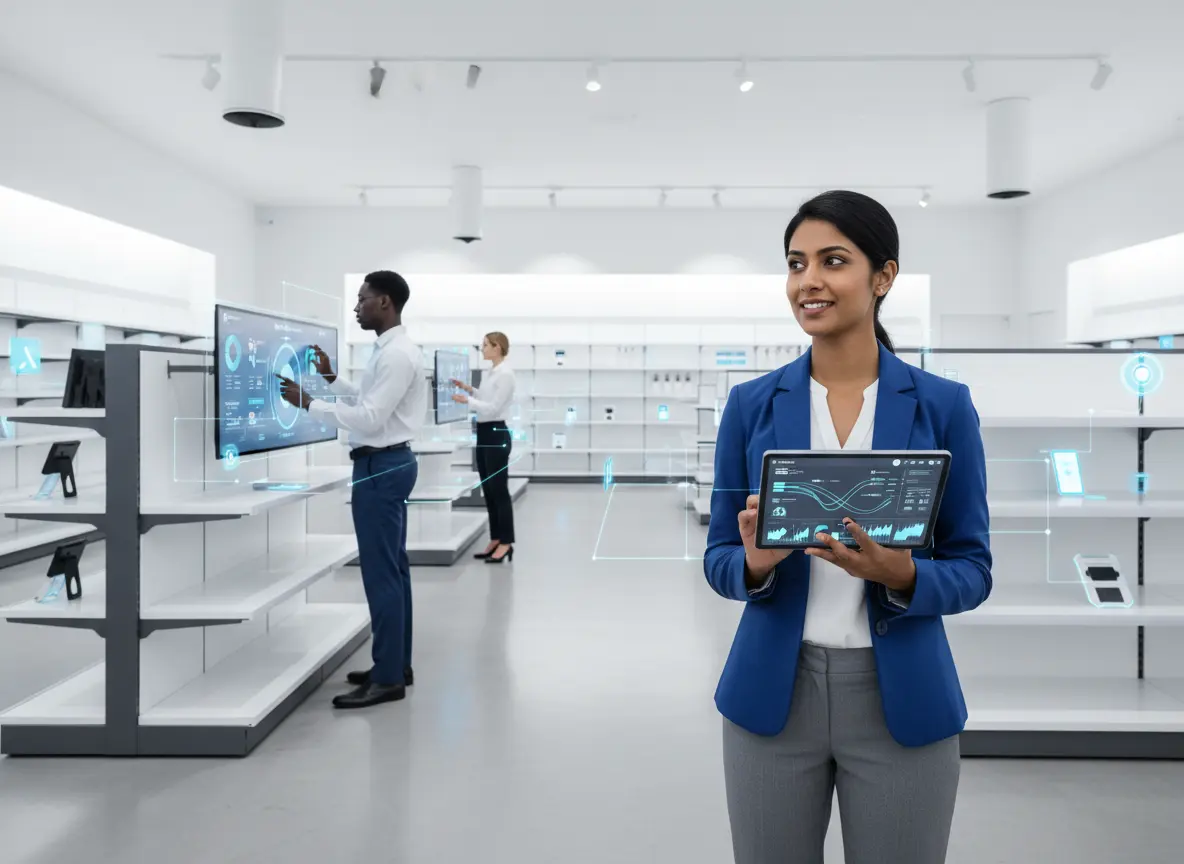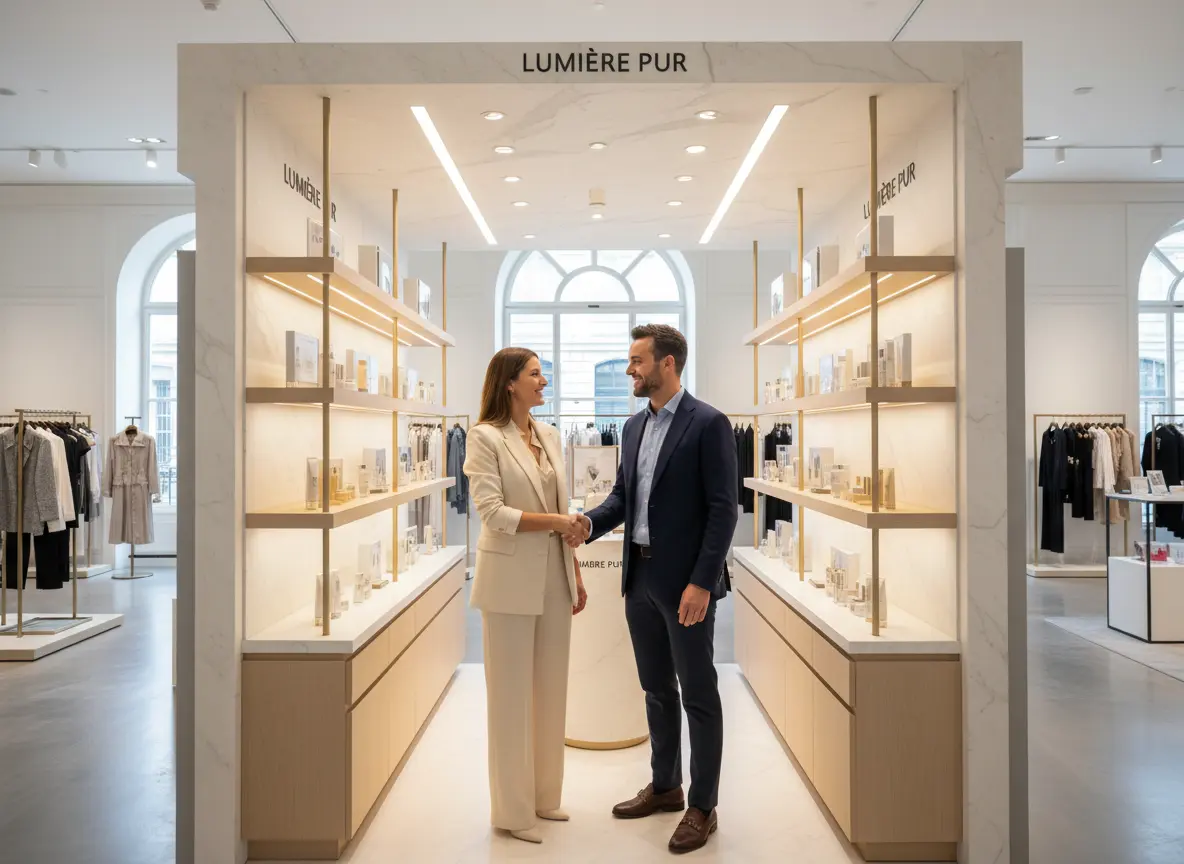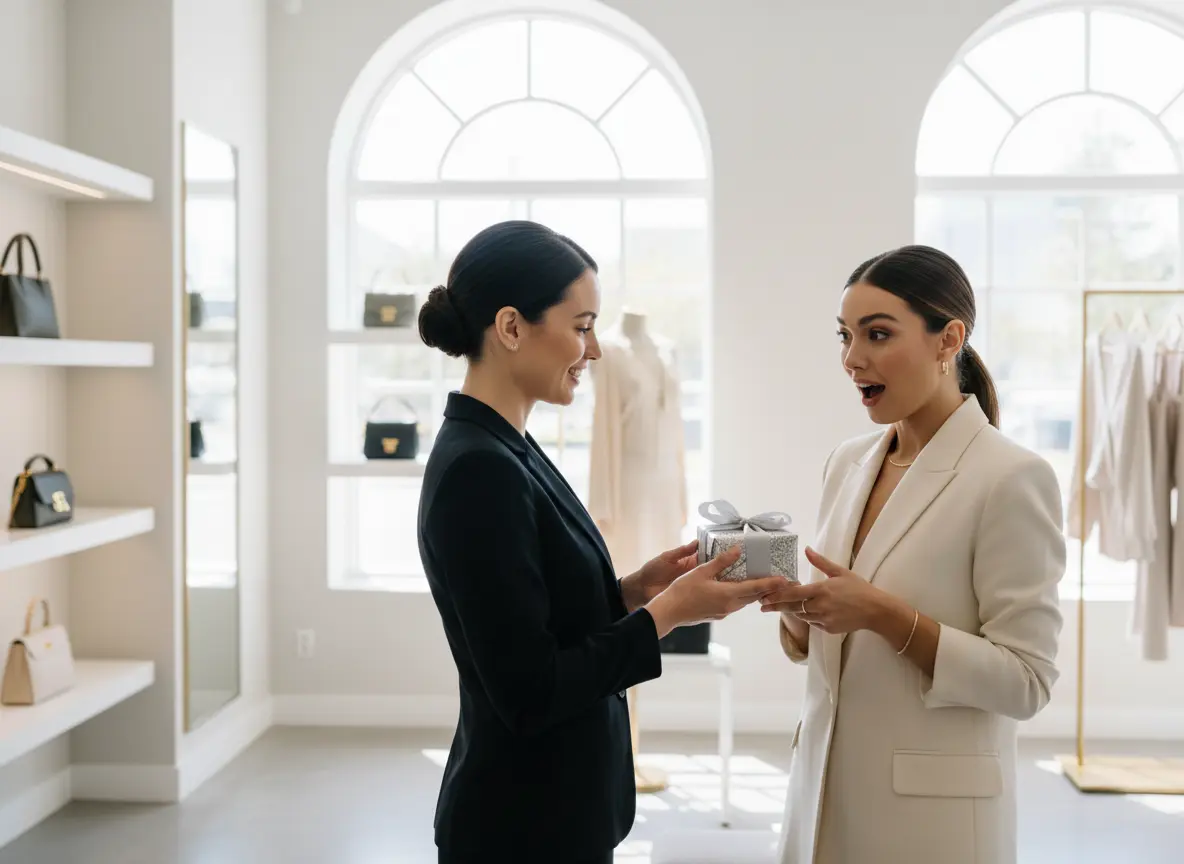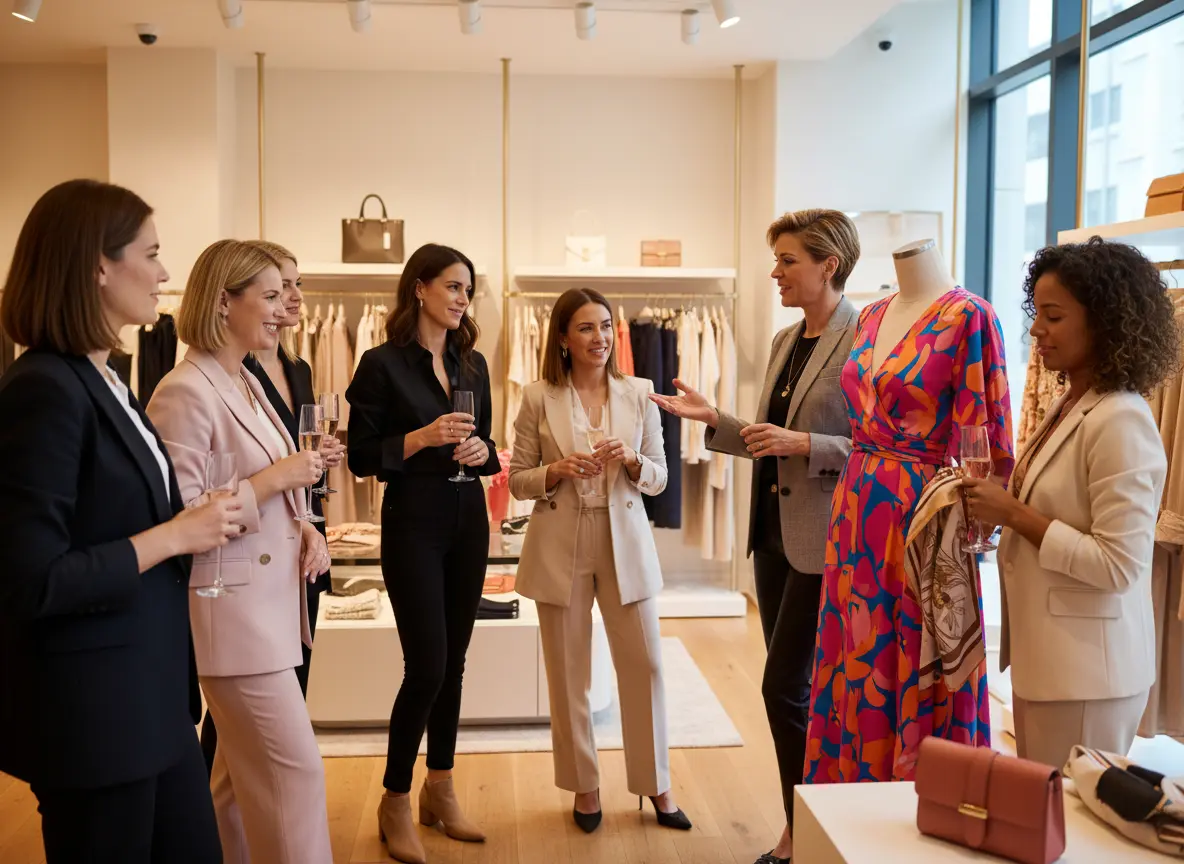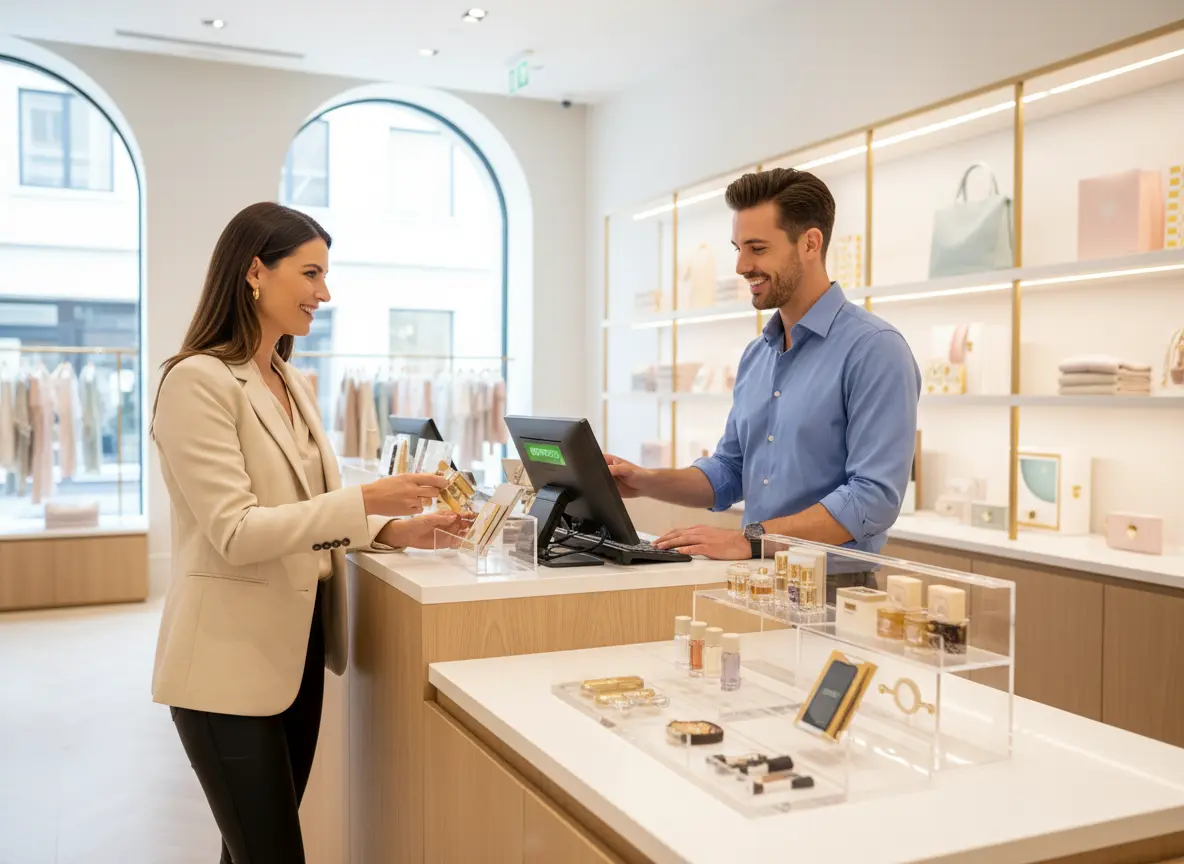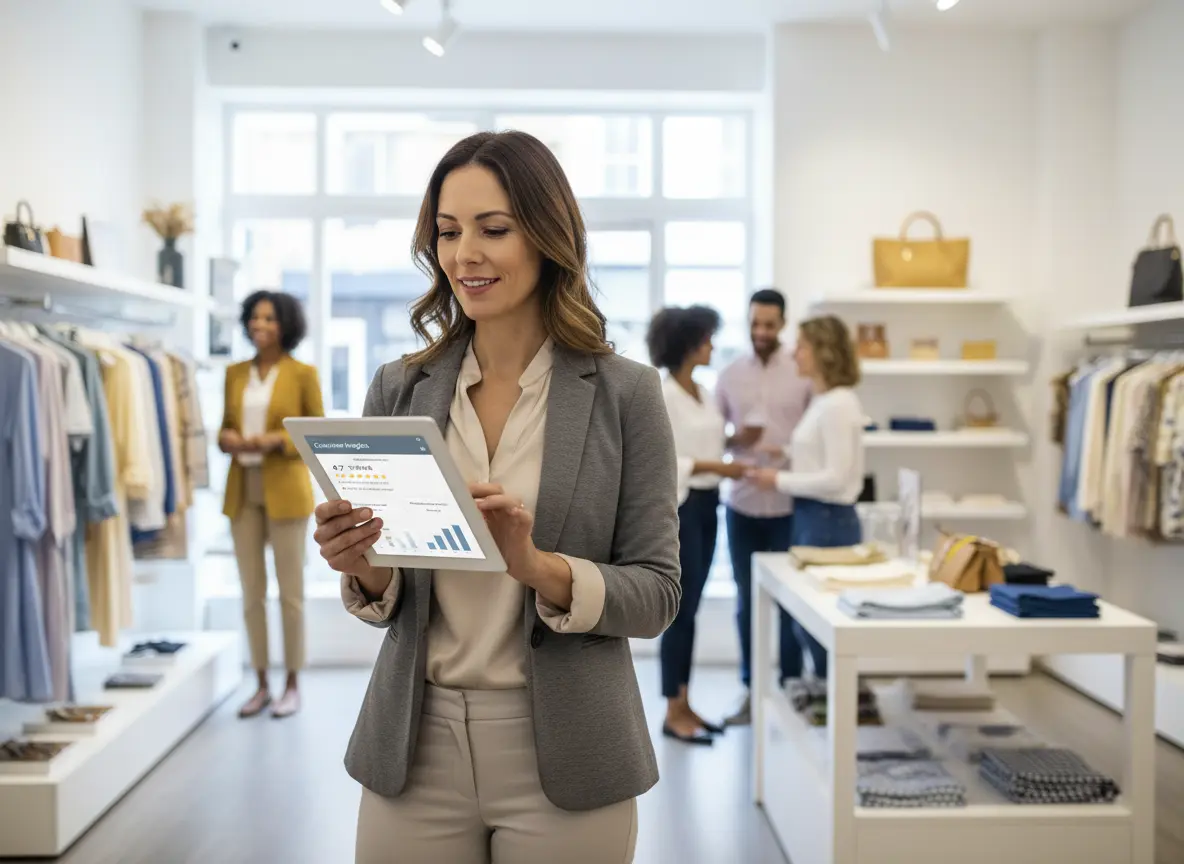Let's Be Honest: Your Merchandising Might Be Boring
You’ve spent countless hours sourcing the perfect products. You’ve negotiated with vendors, managed inventory, and mastered the art of the perfect price tag placement. But let’s have a little heart-to-heart. Take a look at your sales floor. Is it a vibrant, curated experience that screams “buy me!” or does it more closely resemble your Aunt Carol’s chaotic storage unit? Are your best products languishing on a forgotten shelf, hoping a customer will stumble upon them by accident? We’ve all been there. It’s easy to think that creating stunning visual displays requires the budget of a department store and the soul of a Parisian window dresser.
Here’s a little secret: that’s nonsense. Effective visual merchandising isn’t about spending a fortune; it’s about being clever. It’s the silent salesperson that works 24/7, guiding your customers’ eyes, telling a story, and making your products look so irresistible they practically leap into the shopping cart. Bad merchandising actively costs you sales, while great merchandising can increase basket size with minimal effort. So, let’s roll up our sleeves and dive into some low-cost, high-impact tricks that will transform your store from a product graveyard into a retail paradise. No art degree required. Promise.
The Psychology of "Wow": Nailing the Fundamentals
Before you start building elaborate displays out of recycled cardboard and glitter (please don’t), let's cover the foundational principles that make a display work. These are the subtle psychological cues that attract the human eye and make your store feel more cohesive and professional. Mastering them is the difference between a random pile of stuff and a purposeful, profitable presentation.
The Rule of Three (and Other Friendly Odd Numbers)
Remember this from your high school art class? Our brains are weird. For some reason, we find groupings of odd numbers—three, five, seven—far more visually appealing and natural than even-numbered groups. An arrangement of two candles looks stiff and formal, but a trio of candles at varying heights? *Chef’s kiss* That’s dynamic. It creates a sense of harmony and visual tension that encourages the eye to move around the display, taking in each item. Even-numbered groups tend to look static and, dare we say, a little boring. The goal is to create something that looks deliberately placed, yet effortlessly chic.
Actionable Tip: Grab three related items. Let's say, a bottle of hand soap, a lotion, and a small decorative towel. Arrange them in a tight triangle, with the tallest item (the soap) slightly behind the other two. Voila. You've just created a simple, powerful vignette that looks infinitely better than lining them up like soldiers.
Color Theory for the Rest of Us
You don't need to be Picasso to understand that color has a massive impact on mood and perception. It’s one of the first things a customer notices. A chaotic jumble of clashing colors can feel stressful and cheap, while a thoughtful color story feels intentional and high-end. In fact, studies show that color can increase brand recognition by up to 80%. Your store's color palette is part of its brand.
Actionable Tip: Try color blocking. Group all your blue products together in one section for a powerful, calming statement. Or, for a more energetic feel, use complementary colors (opposites on the color wheel) like blue and orange or purple and yellow to make a display pop. A monochromatic display, using different shades and tints of a single color, can make products look incredibly sophisticated and luxurious. Pick a strategy and stick with it for each display.
Let There Be Light (The Good Kind, Anyway)
Your store could be filled with treasures, but if it’s lit like a dungeon, no one will ever know. Lighting is crucial. It sets the mood, highlights key products, and can make your merchandise look either premium or bargain-bin. Harsh, flat overhead fluorescent lighting is the enemy of good retail. It washes out colors and creates an uninviting atmosphere.
Actionable Tip: This doesn’t mean you need a theatrical lighting rig. Start by maximizing natural light—keep those front windows sparkling clean. Then, invest in a few inexpensive LED spotlights. You can get clamp-on or track versions for very little money. Aim them at your most profitable products, your new arrivals, or your main thematic display. The focused beam creates drama and immediately tells the customer, “Hey! Look over here! This is important.”
Your Not-So-Secret Weapon for Shopper Engagement
Okay, so your displays are looking sharp. The colors are harmonized, the lighting is on point, and your odd-numbered groupings are a feast for the eyes. But a display is, by its nature, static. What if you could bring it to life and actively engage the customers it attracts? This is where you can get a serious edge over the competition without adding to your own workload.
Bringing Your Displays to Life
A beautiful display makes a customer pause. But an interactive experience makes them stay. While your impeccable merchandising draws them in, you need a way to start a conversation. This is the moment to bridge the gap between passive browsing and active shopping. Imagine a customer admiring your "Weekend Getaway" display. What if someone—or something—was right there to say, “Planning a trip? That weekender bag is our bestseller, and if you buy it today, the matching travel wallet is 20% off.” That’s a game-changer. It's where a tool like Stella, our in-store robot assistant, becomes your ultimate merchandising partner. Positioned near a key display, she can greet curious shoppers, proactively mention the promotion tied to that display, and answer questions on the spot. She turns a pretty picture into a direct sales opportunity, ensuring your merchandising efforts translate directly into revenue.
Advanced Illusions: Pro Tricks on a Shoestring Budget
Ready to level up? Once you’ve got the fundamentals down, you can start playing with more advanced concepts that trick the eye and tell a more compelling story. These techniques are used by high-end retailers everywhere, but they can be easily replicated with a little creativity and almost no budget.
The Irresistible Power of the Pyramid
Another classic composition trick is the pyramid principle. Just like the Rule of Three, it’s all about creating a shape that is naturally pleasing to the human eye. Arranging products in a triangular shape, with a clear focal point at the top, forces the customer's eye to start at the "hero" product and then scan down and across the rest of the display. This gives you complete control over how your customer experiences the product collection. It creates a clear visual hierarchy and prevents the display from looking like a flat, uninspired lineup.
Actionable Tip: You don’t need custom-built pedestals. Use what you have! Inverted wooden crates, stacks of books (covered in neutral craft paper for a uniform look), or even sturdy gift boxes can be used to create different levels. Place your highest-margin item or your most eye-catching product at the peak of the pyramid to give it the attention it deserves.
Telling a Story with Your Stuff
People don’t just buy products; they buy the life they imagine having with those products. The most powerful merchandising tells a story. Instead of a table of "Hats" and a rack of "Scarves," create a vignette called "Cozy Autumn Afternoon." This display could feature a plush scarf, a warm beanie, a mug, a book of poetry, and a scented candle. Suddenly, you’re not just selling items; you’re selling an experience. This technique, known as cross-merchandising, is incredibly effective because it shows customers how different products can be used together, making it much more likely they’ll buy multiple items instead of just one.
Actionable Tip: Brainstorm themes relevant to the season, a local event, or a popular trend. Shop your own store to pull together products from different categories that fit the theme. Create a small sign with the story's title to tie it all together. Change it up every few weeks to keep your regulars engaged and curious about what’s new.
Don’t Be Afraid of a Little Empty Space
This may feel counterintuitive. You paid for every square foot of your retail space, so the temptation is to cram it full of merchandise, right? Wrong. In the world of visual merchandising, clutter is the ultimate villain. Negative space—the empty space around a product or display—is your friend. It gives the eye a place to rest, making the entire store feel calmer and more organized. More importantly, it signals value. Think about a luxury jewelry store; a single necklace is showcased in a large, well-lit case. Now think about a discount store’s overflowing bins. See the difference? Space implies quality.
Actionable Tip: Take one of your shelves and remove about 30% of the product. Now, rearrange what’s left using the Rule of Three and the pyramid principle. Step back and look. The remaining items will instantly look more important and desirable. Give your best products room to breathe, and customers will give them more attention.
A Quick Reminder About Your New Best Employee
While stellar visual merchandising sets the stage and draws customers in, it's only half the battle. You still need to ensure every one of those intrigued shoppers gets the attention they deserve. That's where Stella shines, acting as the perfect complement to your visual strategy by greeting every customer, promoting the very items you’ve so beautifully displayed, and ensuring no sales opportunity is missed.
Conclusion: Go Forth and Merchandise
See? No magic wand required. Transforming your store’s appeal and boosting your sales doesn’t have to involve a massive budget or a team of professional stylists. It’s about being intentional. By applying a few simple principles—leveraging odd numbers, using color strategically, improving your lighting, and telling compelling stories—you can make your products pop and create an environment that customers love to be in.
So stop letting your amazing products sit there looking lonely. Pick one or two of these tips and implement them this week. Move some things around. Create a pyramid. Tell a story. You might be shocked at the difference it makes. And when your beautifully merchandised store starts drawing in even more traffic, make sure you have a plan to engage every single person who walks through the door. (Hint, hint.)

